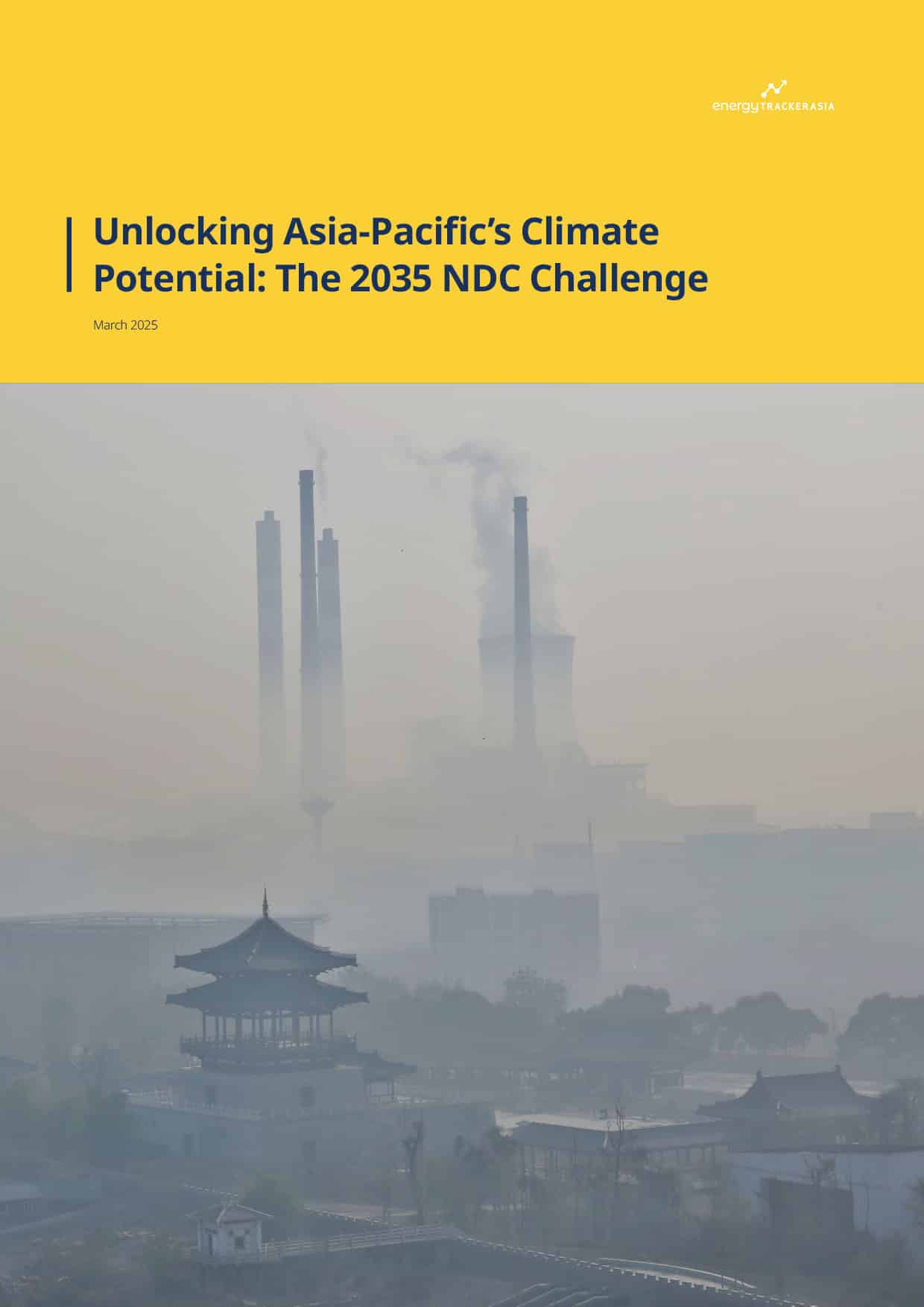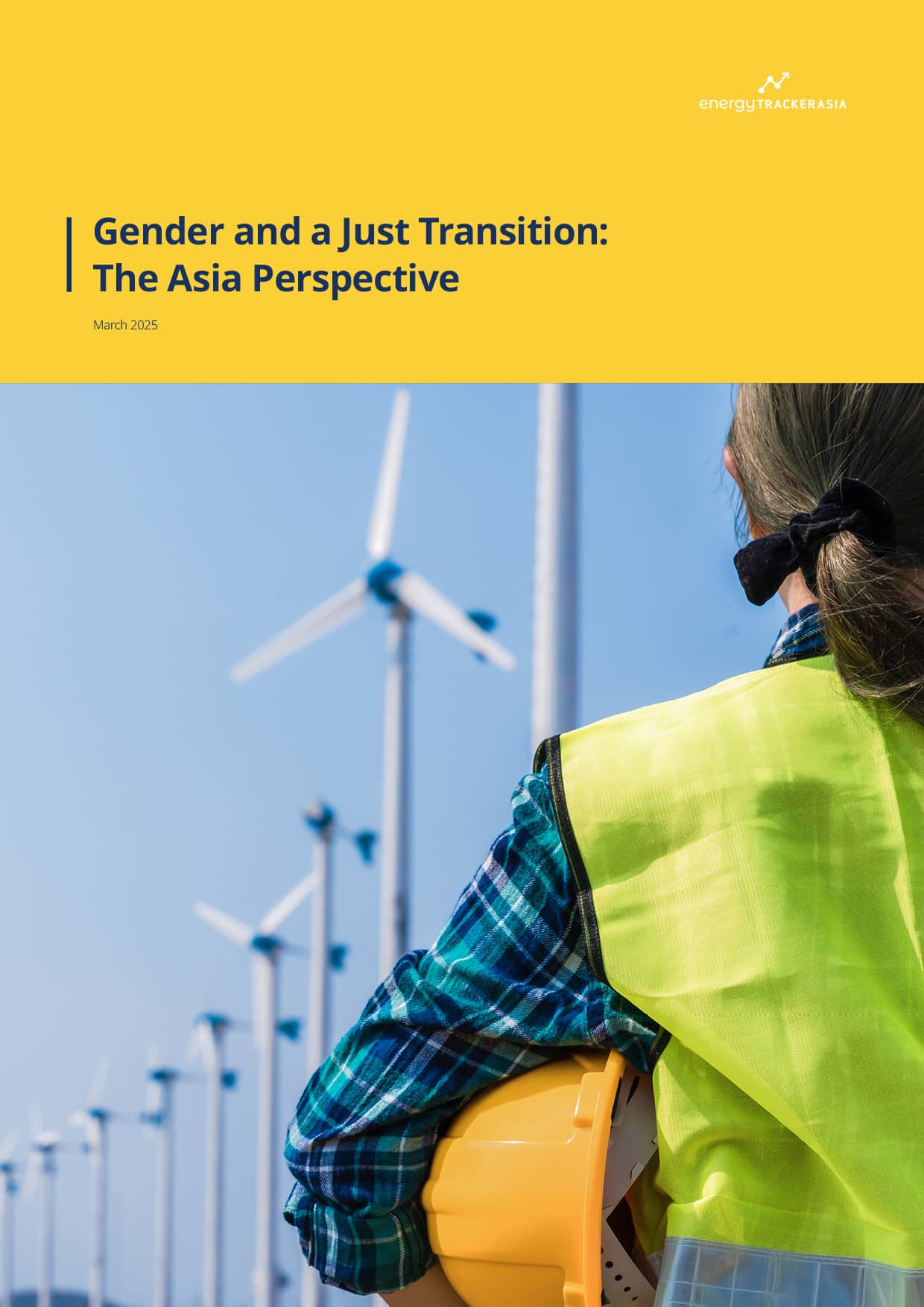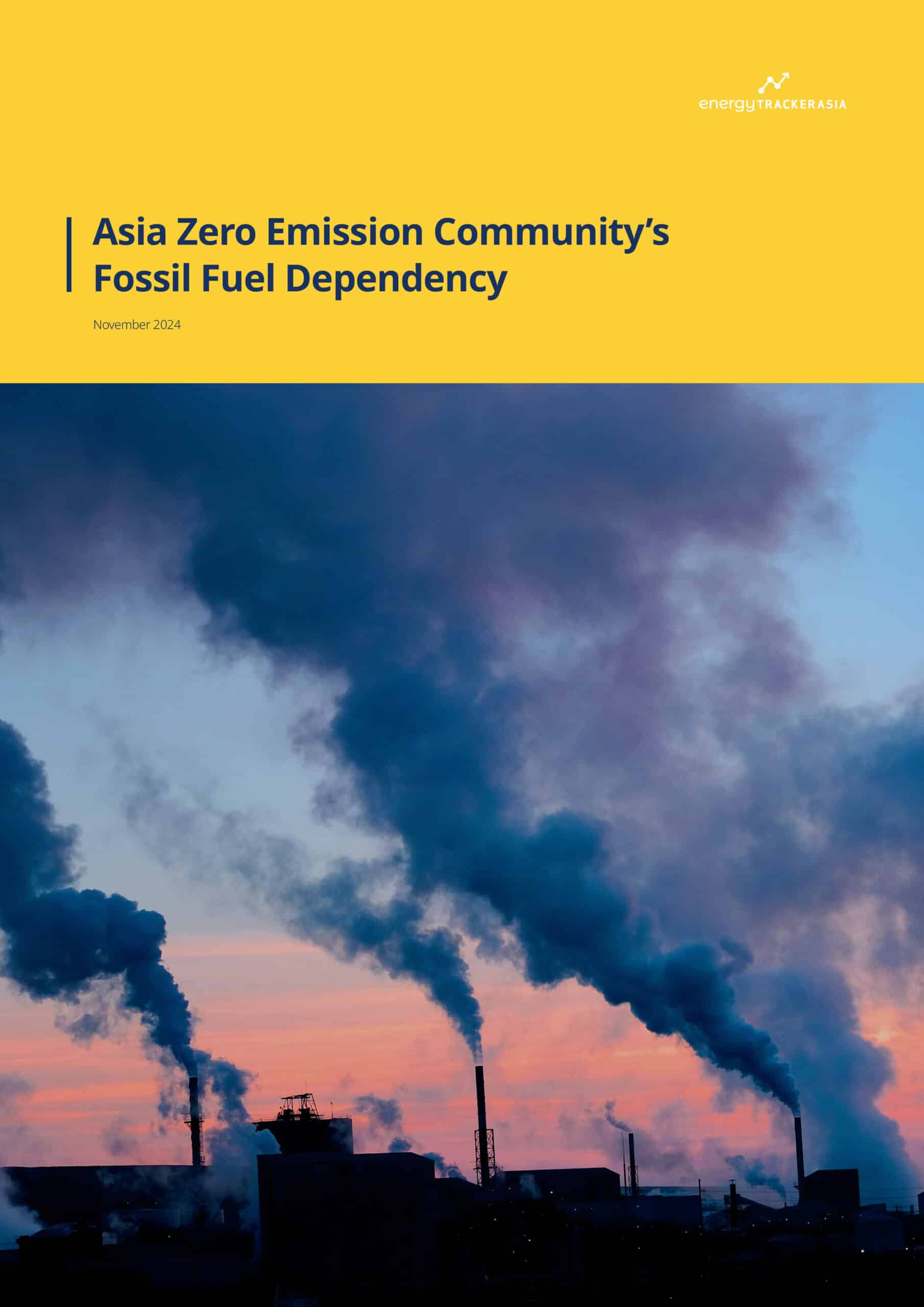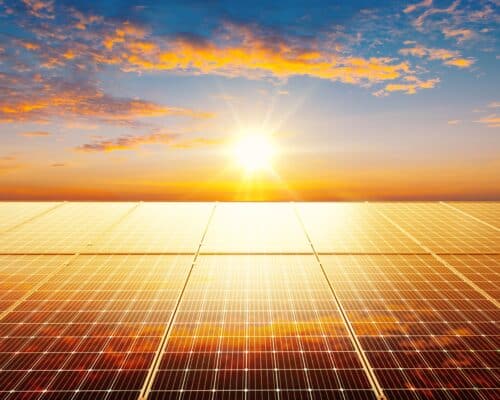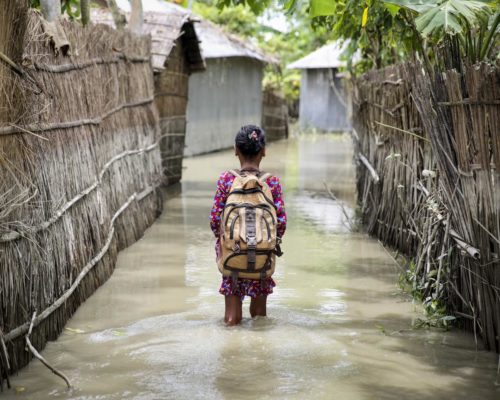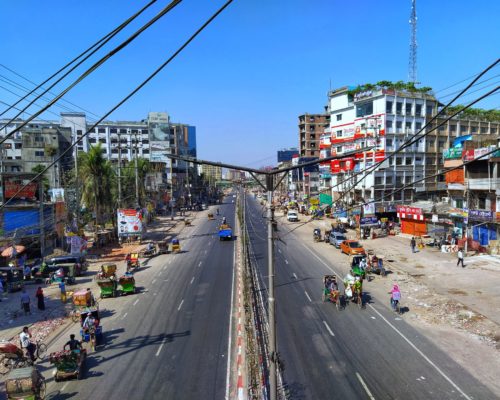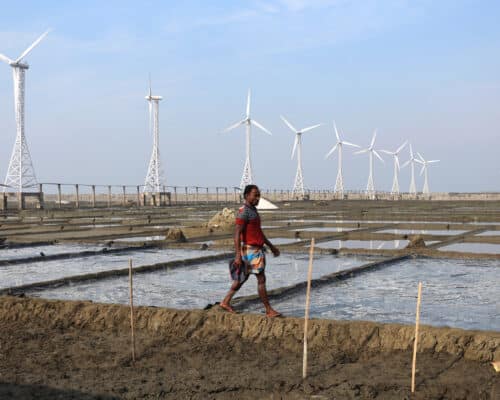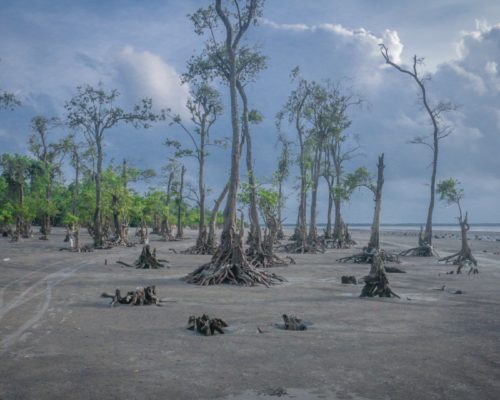Foreign Direct Investment in Bangladesh: The Economic Impact
08 September 2025 – by Emran Hossain
In the four decades since opening its market, Bangladesh attracted limited foreign direct investment (FDI), with some of it negatively impacting some sectors, such as power and energy. As it happened in many countries, foreign direct investment in Bangladesh mostly went into the power and energy sector with the promise to prop up free market expansion to facilitate economic prosperity and end poverty.
But the reality is a far cry from what was promised. The power and energy sector weighs heavily on Bangladesh, with its overwhelming dependence on imported fossil fuels, leaving hardly any room for the right adjustments to be made, such as a renewable energy transition.
Renewable energy accounts for about 3% of electricity produced annually in Bangladesh, where electricity consumption increased by about sixfold between 2009 and 2024 with USD 33 billion invested in the power sector alone.
Reports revealed, over the last several decades, countries used Bangladesh as a fossil fuel dumping ground, locking the nation in fossil fuel use through at least 2045, with conditions highly beneficial to the investors and harmful to the country — which faces its worst economic crisis in decades.
Economic Crisis in Bangladesh
Bangladesh’s present economic crisis is, to a large extent, owed to predatory power and energy sector expenses, which also characterise neighbouring free market economies such as Pakistan and Sri Lanka.
Poverty, particularly energy poverty, is still high in South Asian countries. Some of these countries have been the victims of an imbalanced growth in the power sector, where installed power generation capacity was aggressively increased, draining the countries’ foreign reserves and economies. The growth in power generation was never matched with transmission and distribution capacity increase.
South Asian countries, grappling with soaring living costs and falling purchasing capacities, also face political instability frequently, thanks to social and economic issues the origination of which is linked to unjustified expenses.
A sustainable investment climate is still far away, though some developing countries spent a fortune in planning, such as Bangladesh spending as high as USD 2 billion in making energy plans alone in projects with the Asian Development Bank, a proponent of the free market economy.
The US tariffs, announced in the name of trade balancing, energy experts said, came as the latest blow, threatening Asia’s renewable energy transition, apparently forcing recent regional renewable energy pioneers, such as India, to consume more fossil fuels while abruptly putting many renewable energy companies in Southeast Asia out of business.
“USA tariffs present new opportunities as well, as they force Asian countries to focus on expanding the regional market of renewable energy,” said Khondaker Golam Moazzem, research director at the Center for Policy Dialogue.
Are Nations in South Asia Ready to Turn the Tide?
Bangladesh is not ready at all to exploit any new opportunities, energy experts said. Bangladesh’s interim government, led by Nobel laureate professor Muhammad Yunus, the inventor of the globally acclaimed three-zero theory — zero net carbon emissions, zero poverty and zero unemployment — took a set of controversial steps soon after assuming power in August last year that badly shook investors’ confidence in the renewable energy sector, energy experts said.
The new government cancelled all renewable energy projects taken up by the past Awami League government, citing their approvals without tender. But fossil fuel projects, passed under the same circumstances during the Awami League rule and protected by the same indemnity law, remained intact.
The rather prolonged regime of the authoritarian Awami League government was specially marked by aggressive fossil fuel expansion, directly and indirectly backed by FDI. During that time, widespread ill practices made energy more expensive, even from renewable sources.
The same investment atmosphere still persists in Bangladesh, potentially discouraging China — bearing the brunt of US tariffs — from making any big investment plan in Bangladesh. China, whose domestic renewable market is saturated, is reportedly on the lookout for new places to manufacture and expand its business.
China, over the last several years, manifested a certain level of lack of confidence in making renewable energy investments in Bangladesh. China’s actual investment never matched its promises made in investment summits or bilateral gatherings.
“Actual FDI sometimes accounted for only 20% of what was promised, invariably prioritizing fossil fuels,” said Hasan Mehedi, member secretary of the Bangladesh Working Group on Ecology and Development.
Over the years, Bangladesh got caught in a web of the world’s worst energy regulatory frameworks with the least possible respect for renewable energy transition. Policies are often misguided with super-ambitious economic growth targets, justifying mindless use of fossil fuels and false solutions, such as ammonia and hydrogen co-firing, and carbon capture and storage technologies.
Bangladesh’s current political situation is also turning increasingly chaotic, especially with the interim government pushing for controversial reforms, particularly in the power and energy sector, in line with the World Bank and Asian Development Bank prescriptions, key proponents of the free market.
The Consumers Association of Bangladesh recently urged people to be ready to resist the expansion of exploitative companies as the interim government acted on the World Bank and Asian Development Bank’s prescriptions.
Similar policies and situations prevail in many other Asian countries, which opening up to fossil fuels, receiving lucrative FDIs. Only 34% of Asia’s electricity was generated from clean sources last year, below the global average of 41%. Asia is home to 83% of the world’s coal generation.
FDI Comes With Built-in Obstacles to Renewable Energy Expansion
Fossil fuel projects generally enjoy many concessions in Asia. For instance, in Bangladesh, the government arranged for lands for fossil fuel projects, far more than needed, often not providing compensation for communities who faced eviction or loss of livelihoods. Big tax waivers were offered for the import of equipment for fossil fuel projects and its income.
Renewable energy expansion, on the other hand, faced harsh tax policies, imposed in a way that stifled its growth in its most potential sector — rooftop solar. Almost all policies in Bangladesh identified land scarcity to be the biggest obstacle to renewable energy expansion while conveniently ignoring the privileges fossil fuel projects enjoyed.
Policies never responded to the call to secure land for renewable energy projects in Bangladesh. Arranging land individually in Bangladesh required navigating a complex process that started with the employment of many land aggregators, who often violated laws and acted illegally to force people to sell land. Inheritance disputes, which might take decades to get settled in Bangladesh’s lengthy judicial system, remained yet another obstacle to renewable energy projects.
Time needed in obtaining a license to operate renewable energy companies has been another major obstacle. It takes years to get a license, often half a decade. Except for low-cost labor, Bangladesh also lacks supplies of raw materials needed for renewable energy expansion.
Renewable energy investors are still required to make their own transmission lines to connect to the national grid, which was expanded, often with Asian Development Bank finances, to facilitate fossil fuel-based power plants.
“Bangladesh offers the textbook case of an RE-unfriendly investment climate,” said Mehedi.
Foreign Direct Investment Scenario
South Asian nations started receiving FDI inflows after liberalising their economies, mostly in the 1980s. FDI also meant enhancing the technological capacity of developing countries. But it did not happen. Free markets rather served as a safe business haven for fossil fuel investors, often at the cost of the host economy.
With the world struggling with crises, dealing with heightened geopolitical tensions and regional realignment threats, the World Investment Report 2024 of the UN Trade and Development found making forecasts of global investment flows difficult.
FDI flows to developing countries dropped by an average 7% to USD 867 billion in 2023 worldwide, according to the report. The report said Asia recorded a fall of 8% to USD 621 billion in 2023 and the average overall global investment in 2023 was USD 1.3 trillion.
In South Asia, which registered the highest 37% fall in investments in Asia, the average investment in 2023 was USD 35.97 billion in 2023. In 1990, South Asia logged an average investment of USD 213 million. Bangladesh saw USD 3 billion in investment in 2023. Bangladesh had only USD 3 million in investment in 1990. Bangladesh provides a classic case of the outcome of FDI investments in the energy sector. Its installed power generation capacity increased by about sixfold between 2009 and 2024, mostly based on imported fossil fuels, leading to 100% overcapacity. Bangladesh is one of the world’s worst areas for energy poverty, badly affecting its fragile economy.
Studies revealed that FDI had significant negative impacts on renewable energy transition in South Asia, unlike in European and African countries. The Bangladesh Investment Development Authority, following its latest summit in April, announced it had received investment promises worth USD 254.65 million without giving details of sectoral investment promises.
In 2022-2023, the actual FDI in Bangladesh stood at USD 3.2 billion. China made almost no investment in the financial year against its promise of investing over USD 361 million, according to BIDA data. In the year before, about a fourth of the overall actual FDI went into the power generation and gas and petroleum sectors.
In 2019-2020, China made the highest investment proposal with USD 1.93 billion. This is the only year China implemented its promise to establish major coal-based power plants. This year’s entire FDI investment went into power generation and gas and petroleum.
During 2007–2015, a study showed that 10 multilateral development banks were involved in estimated capacity additions of 118 GW, including 31 GW of hydro plants and 23 GW of other renewables. The World Bank invested USD 178.6 billion in the energy sector in Asia between 1985 and 2019, nearly 35% of it going into fossil fuel projects.
by Emran Hossain
Emran Hossain is a journalist based in Dhaka, Bangladesh, with twenty years of experience reporting on issues related to human rights, the environment, the energy sector and ethnic and religious minorities. He was conferred the 2013 Daniel Peral Fellowship for promoting mutual respect and understanding among diverse cultures through journalism.
Read more

